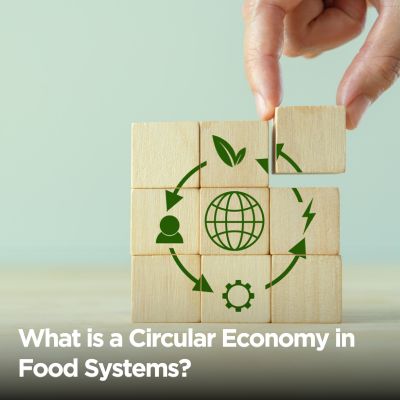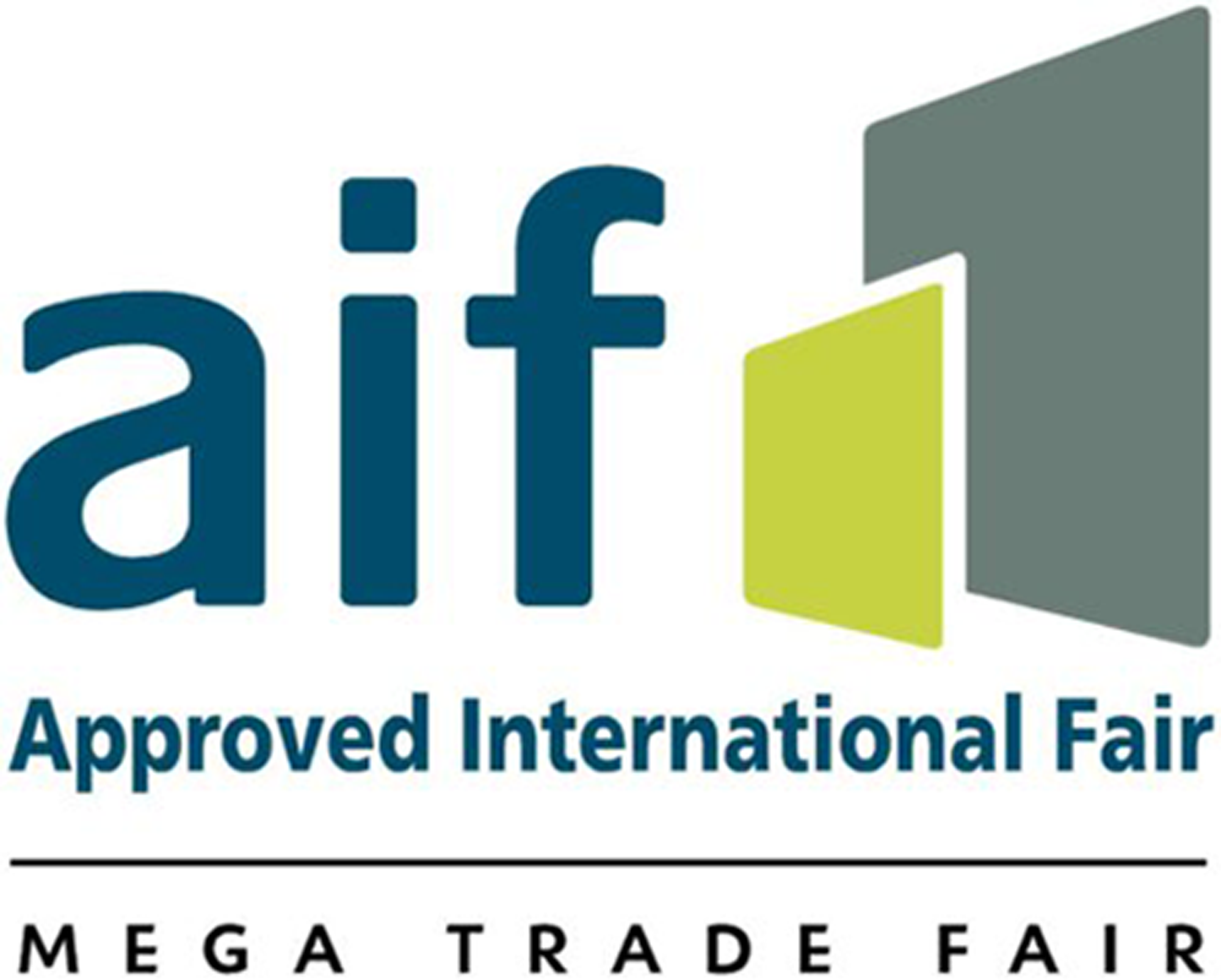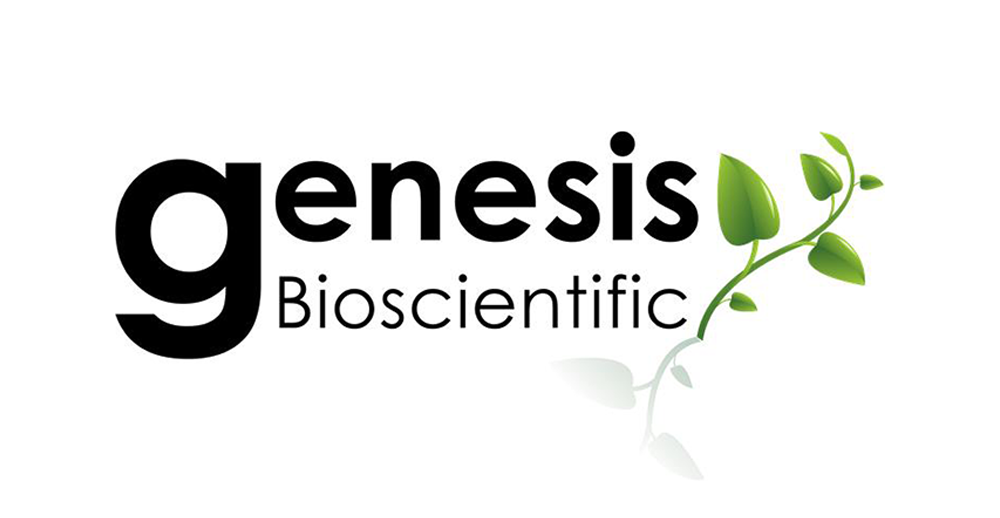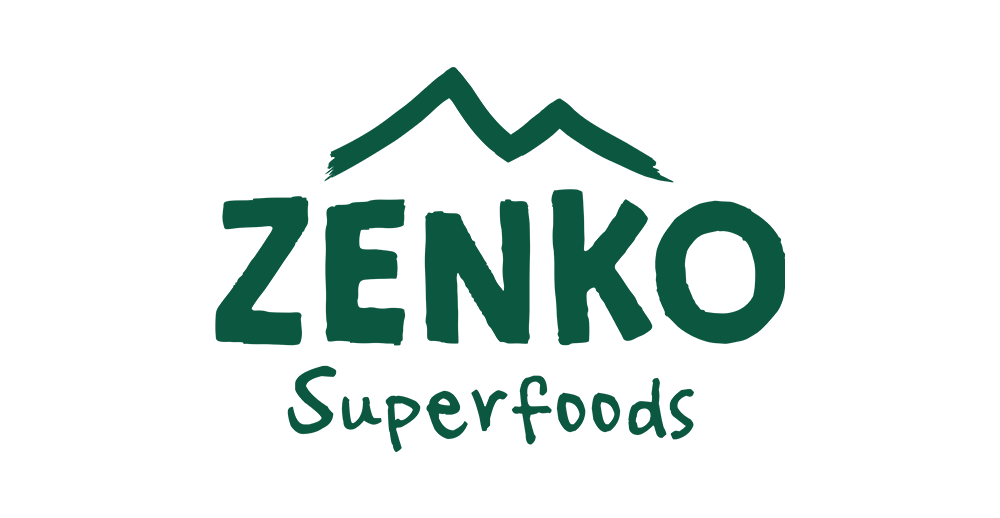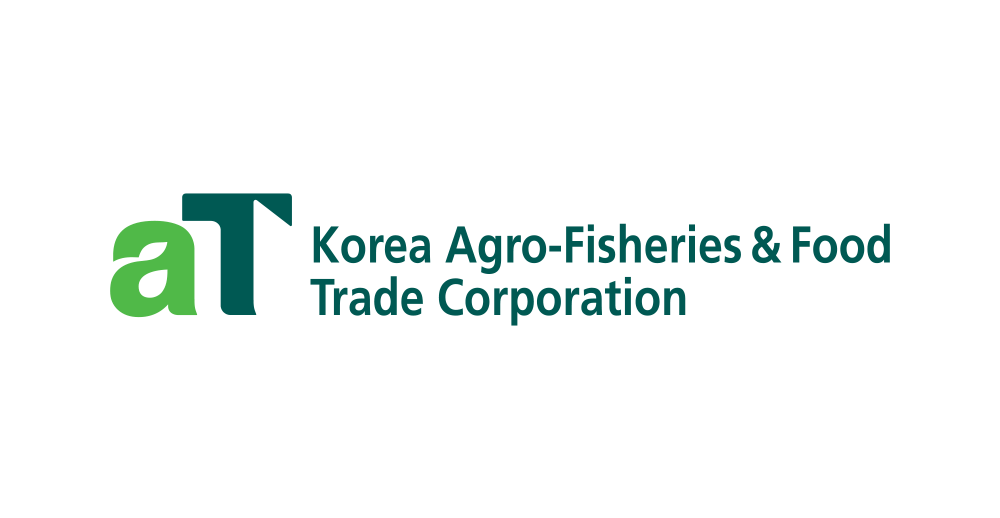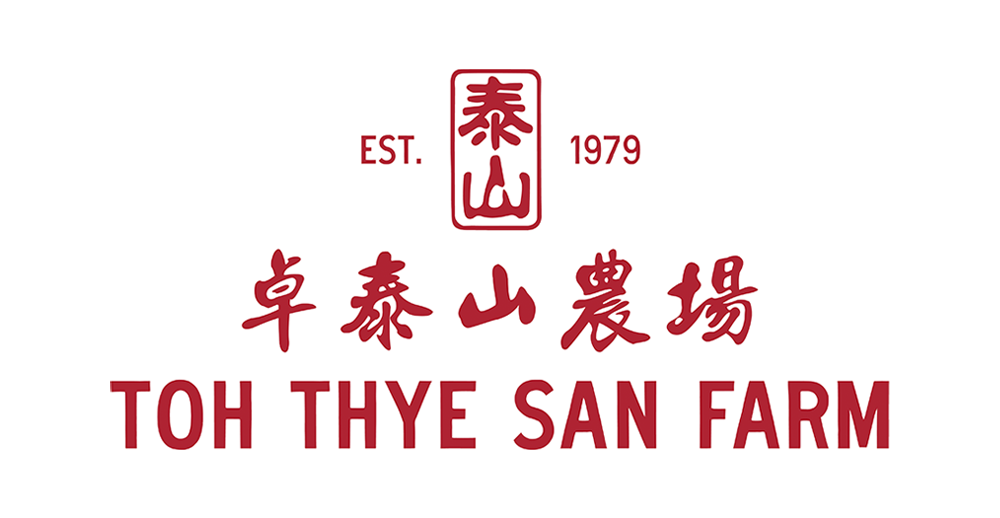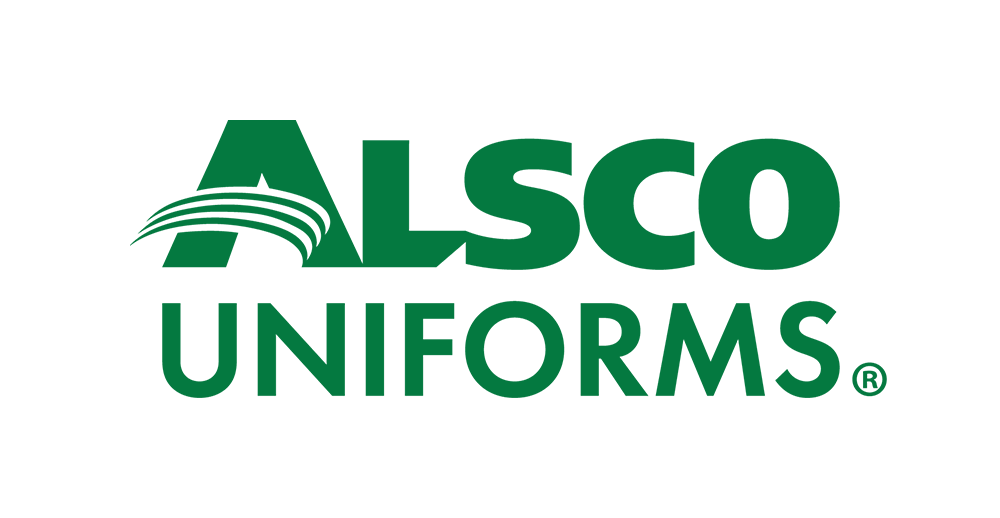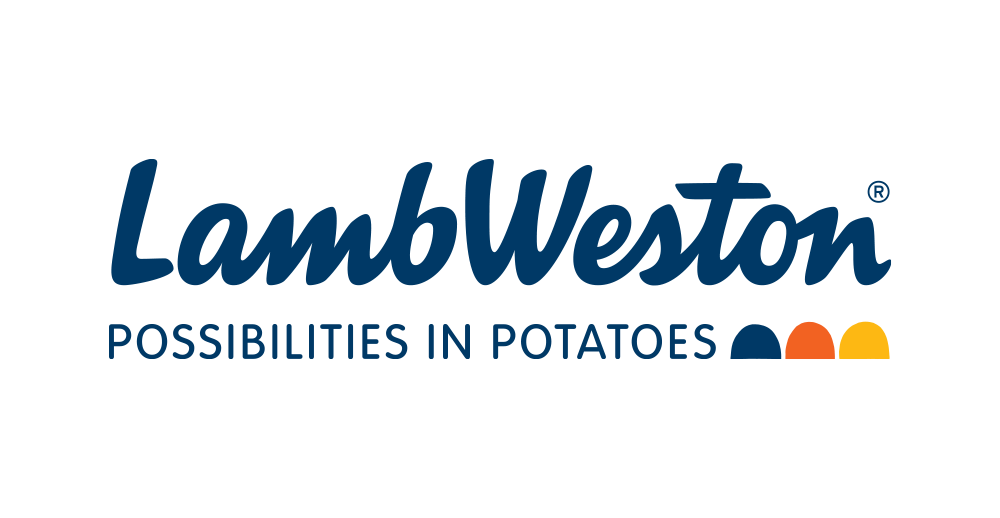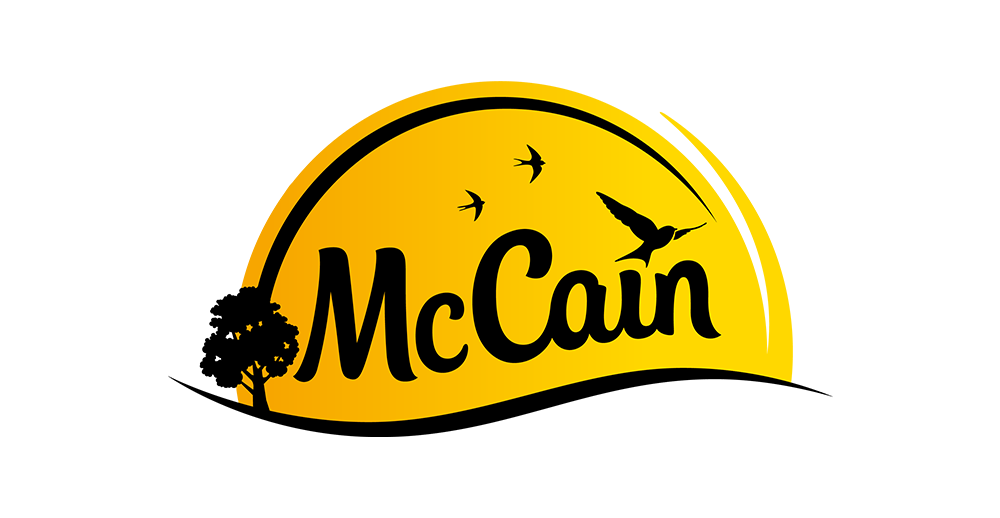Food innovation is reshaping the way we eat, creating opportunities for healthier, more sustainable, and technologically advanced diets. From lab-grown meats to protein-packed cricket flour, today’s food innovations are paving the way for future dining experiences.
Have you ever wondered what foods could be part of our future diets? Imagine a world where meat is cultivated in a lab, seafood is made from plants, and algae snacks are a regular part of your meals.
These cutting-edge advancements are part of the rapidly evolving field of novel food products, which offer unique, sustainable, and health-forward alternatives to traditional food.
With global concerns about sustainability and food security on the rise, the demand for novel food safety and innovation is greater than ever. In this article, we’ll explore what are novel foods , their evolution, importance, challenges, and how they’re regulated to ensure safety and transparency.
What Are Novel Foods?
Novel foods are defined as food products that have not been widely consumed by humans prior to a specific point in history.
The European Union, for instance, classifies them as foods not significantly consumed before May 15, 1997. These can include products made using new technologies, alternative ingredients, or innovative production methods.
Novel foods must meet strict novel food safety standards, ensuring they are safe for human consumption before being introduced to the market. Examples of novel food products include plant-based meats like Beyond Meat, algae-based supplements, and even lab-grown meats approved in regions like Singapore.
Interestingly, many foods we now take for granted were once novel. Tomatoes, potatoes, and corn were introduced to Europe centuries ago but faced skepticism at the time. Today’s novel foods, such as lab-grown seafood or cricket protein, may one day become staples in our diets.
What Makes a Food Novel?
The defining factor of a “novel” food lies in its innovative production methods, unique ingredients, or introduction to new markets. Novelty in food stems from various advancements in science and technology, which push the boundaries of traditional food systems.
Below, we’ll explore key factors and examples that make foods novel.
1. Genetic Modification (GM)
Genetic modification involves altering the DNA of organisms to introduce desired traits. This technology has been widely applied in agriculture to increase crop yield, improve resistance to pests, and increase nutritional content.
Examples of Genetically Modified Foods:
- Golden Rice: Engineered to combat Vitamin A deficiency, it’s fortified with beta-carotene.
- BT Corn: A pest-resistant variety that reduces the need for chemical pesticides.
- Genetically Modified Soybeans: Designed to withstand herbicides and improve oil composition.
These advancements exemplify how genetically modified food addresses global challenges like food security and nutritional deficiencies.
2. Novel Plant Breeding Techniques
Novel plant breeding techniques are revolutionizing agriculture, making crops more resilient and productive. Tools like CRISPR gene-editing allow scientists to make precise alterations to plants, improving their nutritional value or tolerance to climate change.
Applications:
- Drought-Resistant Crops: Essential in combating climate change and ensuring food supply in arid regions.
- Nutrient-Enriched Plants: Fortified with vitamins and minerals, improving public health.
3. Examples of Novel Foods
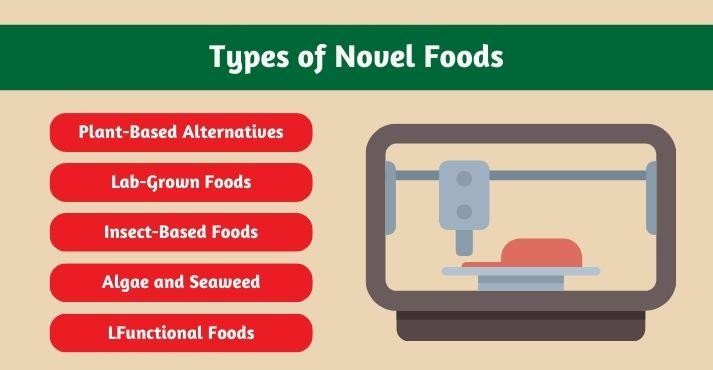
Novel foods encompass a diverse range of products, each offering unique benefits and applications.
1. Plant-Based Alternatives
Plant-based alternatives are among the most popular categories of novel food products. These include:
- Plant-Based Meat: Products like Beyond Meat and Impossible Foods mimic the taste and texture of traditional meat using plant proteins.
- Plant-Based Seafood: Alternatives like Good Catch and OmniSeafood replicate tuna, shrimp, and crab using legumes and algae.
2. Lab-Grown Foods
Lab-grown foods, also known as cultivated foods, are produced through cellular agriculture. This technology eliminates the need for traditional farming by growing animal cells in controlled environments.
Examples include:
- Cultivated Meat: Lab-grown chicken and beef approved for consumption in Singapore.
- Fermentation-Based Dairy: Producing milk proteins through precision fermentation, bypassing the need for cows.
3. Insect-Based Foods
Insects( only those that are fit for consumption) are a rich source of protein, iron, and other nutrients, making them an emerging trend in novel food products. Examples include:
- Cricket Flour: Used in protein bars and baked goods.
- Mealworm Snacks: Crunchy, sustainable, and packed with essential amino acids.
Insect-based foods align with the principles of sustainability, requiring minimal resources to produce while delivering maximum nutrition.
4. Algae and Seaweed
Algae and seaweed-based foods are nutrient-dense and environmentally friendly. They offer versatile applications, from snacks to meal ingredients:
- Spirulina Snacks: A high-protein, antioxidant-rich option.
- Kelp Noodles: A low-carb, gluten-free alternative to pasta.
5. Functional Foods
Functional foods are enriched with bioactive compounds like probiotics, vitamins, or antioxidants, providing added health benefits. Examples include:
- Probiotic Yogurts: Improve digestion and gut health.
- Vitamin-Enriched Juices: Boost immunity and overall wellness.
The Evolution of Novel Foods
The concept of novel foods is not new; it has been shaping human diets for centuries. Many foods that are staples today, such as tomatoes, potatoes, and corn, were once considered exotic or even dangerous when first introduced to Europe.
Over time, these unfamiliar foods gained acceptance, becoming integral to global cuisines and agricultural systems.
Similarly, today’s innovations, such as lab-grown meats, plant-based seafood, and algae-based snacks, are in the early stages of consumer adoption. While some people may view these products with skepticism now, history suggests that they, too, could become everyday essentials in the future.
Advancements in food science and growing concerns about sustainability are accelerating this shift. As consumer awareness and acceptance grow, novel food products have the potential to address critical issues like food security and environmental impact, paving the way for a more sustainable and innovative global food system.
Regulatory Framework for Novel Foods

Regulation plays a critical role in ensuring the safety, transparency, and market acceptance of novel foods. As these innovative products push the boundaries of traditional food systems, robust regulatory frameworks are essential to protect consumers and increase trust.
Around the world, governments and agencies have established guidelines to evaluate and approve novel food products, ensuring they meet safety standards before entering the market.
This section explores how different regions regulate novel foods, from the European Union’s stringent safety assessments to Singapore’s groundbreaking leadership in approving lab-grown meats.
European Union Regulations
The European Union (EU) enforces one of the most rigorous frameworks for novel food regulation. The EU’s process ensures that all novel food products undergo comprehensive safety evaluations before they are marketed to consumers.
Key Components of EU Regulations
Safety Assessments:
- Before approval, all novel foods must be thoroughly tested to confirm their safety. This includes:
- Toxicological tests to identify potential risks.
- Nutritional analyses to ensure the food is beneficial to consumers.
- Evaluations of allergenicity, particularly for foods with unfamiliar ingredients, such as insect-based products or lab-grown proteins.
These assessments are conducted by the European Food Safety Authority (EFSA), which ensures no adverse effects on human health.
Labeling Requirements:
Transparency is central to EU regulations. Clear labeling provides consumers with:
- Information about the food’s composition, origin, and production methods.
- Notifications if the food is genetically modified or contains allergens.
For example, if a plant-based seafood product uses precision fermentation, its label must disclose this to consumers.
Market Confidence:
The EU’s rigorous standards build trust among consumers, allowing them to confidently explore novel food products. This approach furthers market growth while ensuring that safety and transparency remain paramount.
Real-World Application:
An example of EU regulation in action is the approval of algae-based supplements. After extensive testing, these products were confirmed as safe and nutritionally beneficial, leading to their acceptance across member states.
This success highlights the EU’s commitment to advancing novel food safety while prioritizing consumer protection.
US Regulations
In the United States, the Food and Drug Administration (FDA) oversees the regulation of novel foods, balancing innovation with public safety. The FDA’s framework includes mechanisms like the GRAS (Generally Recognized As Safe) designation, which streamlines the approval process for certain novel foods.
Key Components of US Regulations
GRAS Designation:
Foods or ingredients deemed “Generally Recognized As Safe” can bypass lengthy approval processes. To qualify, manufacturers must provide evidence, supported by scientific consensus, that the food is safe for consumption.
For example, plant-based protein isolates used in meat substitutes like Beyond Meat have been granted GRAS status, enabling faster market entry.
Safety Testing:
Foods that do not meet GRAS criteria must undergo rigorous safety testing, including assessments of:
- Toxicity levels.
- Nutritional impact.
- Potential allergens.
Consumer Protection:
The FDA ensures that all novel food products meet safety and labeling standards, encouraging consumer confidence in emerging food technologies.
Real-World Application:
Lab-grown meat is a key area of focus in the US regulatory landscape. While still in the approval stages, cultivated chicken and beef are undergoing FDA evaluations to ensure safety before widespread commercialization.
Singapore’s Role
Singapore has emerged as a global leader in adopting and regulating novel foods, driven by its proactive and innovation-friendly framework.
As one of the first countries to approve lab-grown meat for sale, Singapore is setting the standard for balancing food safety with cutting-edge innovation.
Key Components of Singapore’s Framework
Lab-Grown Meat:
In 2020, Singapore became the first country to approve the sale of cultivated chicken by Eat Just, a U.S.-based food company. This approval was based on:
- Comprehensive safety evaluations by the Singapore Food Agency (SFA).
- Ensure that the production process meets stringent health and safety standards.
Plant-Based Alternatives:
Singapore actively supports the development and commercialization of plant-based meats and seafood. Local startups and global companies are collaborating to create sustainable options, such as plant-based prawns and crabs made from legumes and algae.
Commitment to Food Security:
As a small nation with limited agricultural land, Singapore prioritizes innovative solutions to improve food security. The approval and promotion of novel food products are integral to its strategy for reducing reliance on imports while addressing environmental concerns.
Real-World Application:
Singapore’s dedication to food security extends to its investment in precision fermentation and alternative proteins. Companies like Shiok Meats, which specializes in cultivated shrimp, exemplify how Singapore is leading the way in sustainable food innovation.
Why Regulatory Frameworks Matter
Robust regulatory frameworks are essential for ensuring the success and safety of novel foods. Without clear guidelines, consumers may distrust these innovations, slowing their adoption and market growth. When prioritizing novel food safety, governments can:
- Protect public health by preventing harmful products from reaching consumers.
- Promote innovation by providing a clear path to market approval.
- Build consumer trust through transparency and accountability.
Why Are Novel Foods Important?
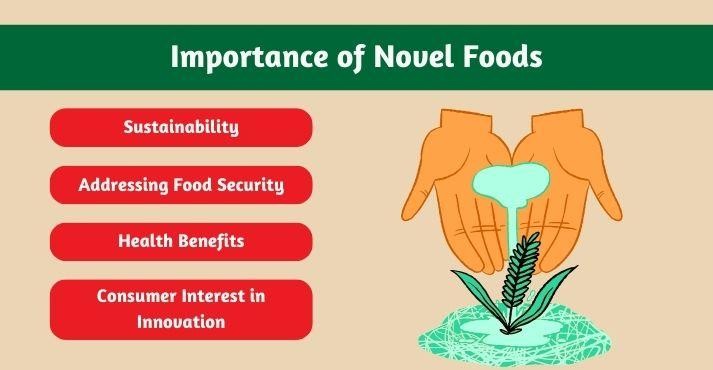
Novel foods play a crucial role in addressing global challenges related to sustainability, food security, health, and consumer innovation.
These innovations are not just about creating new products but offering solutions that align with environmental conservation, population growth, and shifting dietary trends.
1. Sustainability
Novel food products have the potential to reduce the environmental impact of traditional food systems drastically. For instance:
- Lab-grown meats produce up to 96% fewer greenhouse gas emissions compared to conventional livestock farming. This reduction contributes significantly to combating climate change.
- Plant-based alternatives, such as Beyond Meat and plant-based seafood, use substantially less water and land, conserving vital natural resources.
2. Addressing Food Security
With the global population projected to reach 9.7 billion by 2050, ensuring food security is one of the biggest challenges of our time. Novel foods provide innovative solutions to this crisis:
- Precision fermentation enables the production of proteins and nutrients in controlled environments, reducing dependency on traditional agriculture.
- Alternative proteins, such as insect-based foods and algae, offer high-nutrient options that require minimal resources to produce.
These technologies create a resilient food supply chain capable of meeting rising demands while reducing vulnerability to climate change, pests, and other disruptions. By diversifying food sources, novel food products enhance global food availability and security.
3. Health Benefits
Novel foods also cater to the growing consumer demand for healthier diets. Functional foods and nutrient-enriched products address specific health needs:
- Probiotic-enriched yogurts support gut health and boost immunity.
- Vitamin-fortified snacks help combat malnutrition, especially in regions with limited access to fresh produce.
These health-focused innovations align with the rising interest in functional foods, blending convenience with nutrition to promote overall well-being.
4. Consumer Interest in Innovation
Today’s consumers are more adventurous and sustainability-conscious than ever before. Novel foods cater to this curiosity by offering unique, exciting alternatives that prioritize both health and the environment. P
Products like algae-based snacks and lab-grown meat appeal to a demographic eager to explore foods that align with their values.
When addressing these four critical areas, novel food products are not just an option but a necessity for building a sustainable, secure, and health-focused global food system.
Challenges and Controversies
While novel foods hold immense promise, they also face significant challenges and controversies that slow their widespread adoption. These hurdles include consumer skepticism, high production costs, and ethical debates surrounding their creation and consumption.
1. Consumer Acceptance
Consumer skepticism is one of the biggest barriers to the success of novel foods. Many people are hesitant to adopt products like lab-grown meat or insect-based snacks due to unfamiliarity or cultural perceptions.
For example, while cricket flour is a highly sustainable protein source, many consumers in Western markets struggle to accept insects as food. Similarly, lab-grown meat often raises concerns about taste, safety, and “naturalness.”
Educational campaigns are critical in overcoming these barriers. When highlighting the environmental and health benefits of novel food products, such initiatives can build trust and shift consumer attitudes. Early adopters and targeted marketing can also play a role in normalizing these innovations.
2. Cost and Accessibility
High production costs make novel foods less accessible to the average consumer. Technologies like precision fermentation and cellular agriculture are resource-intensive, driving up prices.
For example, the initial cost of lab-grown meat was over $330,000 per burger, although recent advancements have reduced this significantly.
Scaling production is essential for reducing costs. As more companies enter the market and technologies improve, economies of scale can make novel food products affordable and accessible to a wider audience. Government subsidies and private investments are also crucial in accelerating this process.
3. Ethical Concerns
Ethical debates surrounding genetically modified organisms (GMOs) and lab-grown foods further complicate their acceptance.
Critics question the moral implications of “playing God” with food or the long-term impacts of altering natural ecosystems. Transparency and clear regulatory guidelines are essential to address these concerns and reassure the public about novel food safety.
When tackling these challenges, novel foods can transition from niche innovations to mainstream solutions, driving a more sustainable and secure food future.
Conclusion
Novel foods represent a transformative step toward redefining the way we produce and consume food. With their roots in innovation, sustainability, and advanced science, these foods address critical global challenges such as climate change, food security, and public health.
From lab-grown meats and plant-based alternatives to insect-based snacks and algae-derived products, novel food products offer sustainable and health-focused solutions that cater to the demands of a growing, resource-strained population.
However, challenges such as cost, consumer acceptance, and ethical concerns must be addressed to ensure their widespread adoption. Governments, businesses, and scientists must collaborate to create robust novel food regulation frameworks, advance transparency, and build public trust in these innovations.
As these foods transition from niche products to dietary staples, the question about novel foods will no longer just describe a category but symbolize the future of sustainable and healthy eating worldwide.

